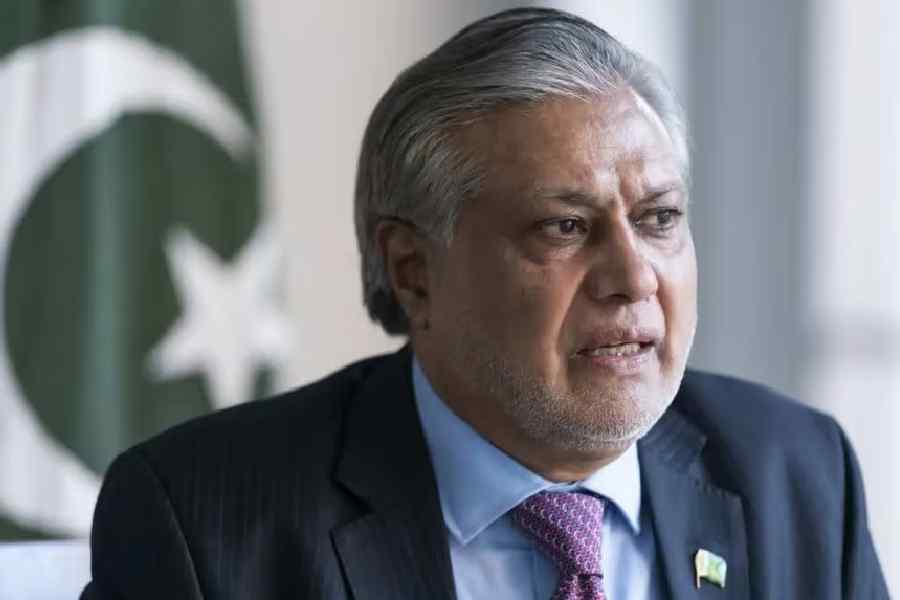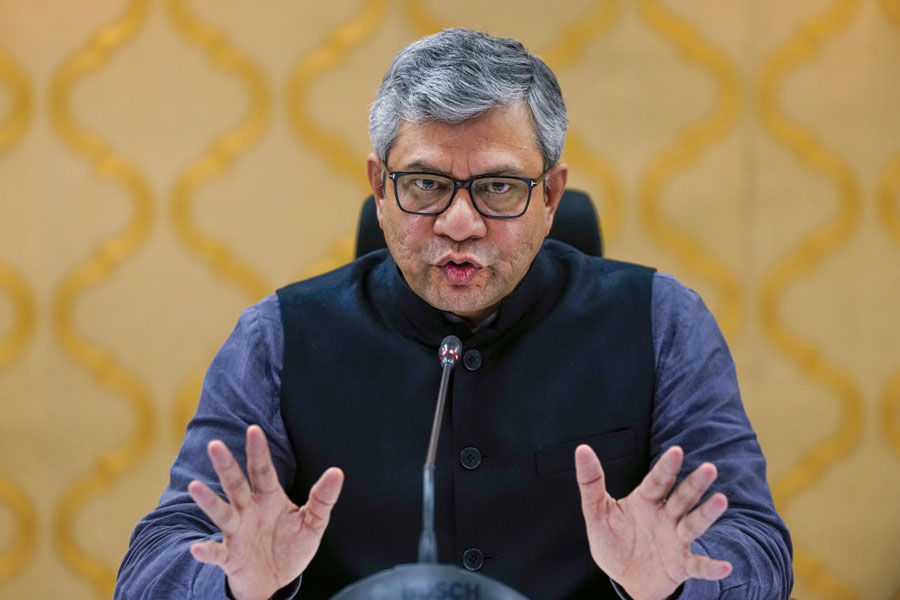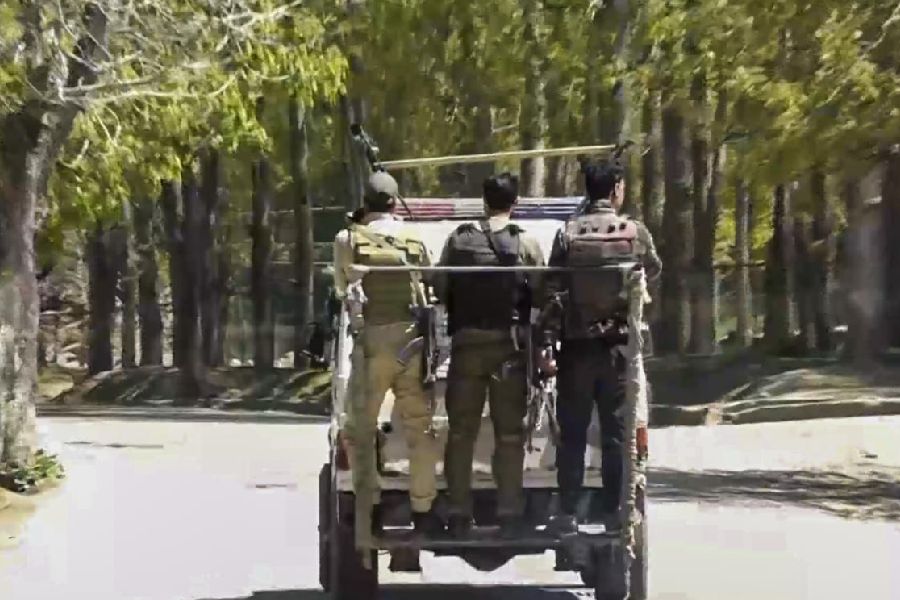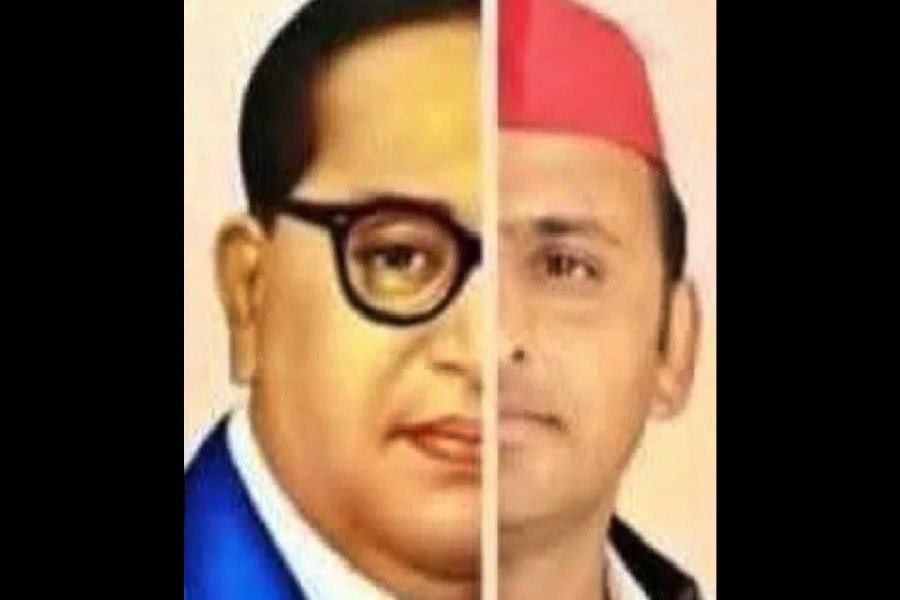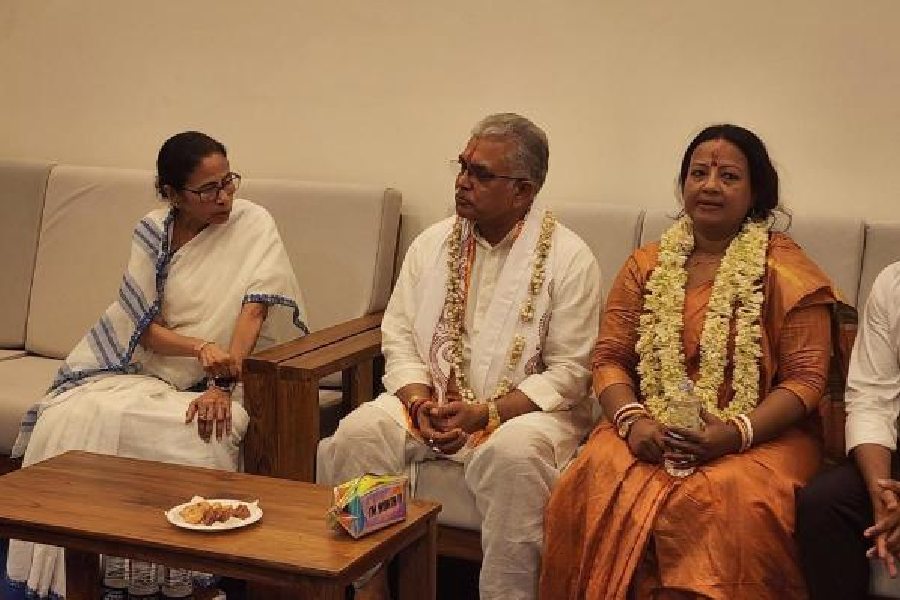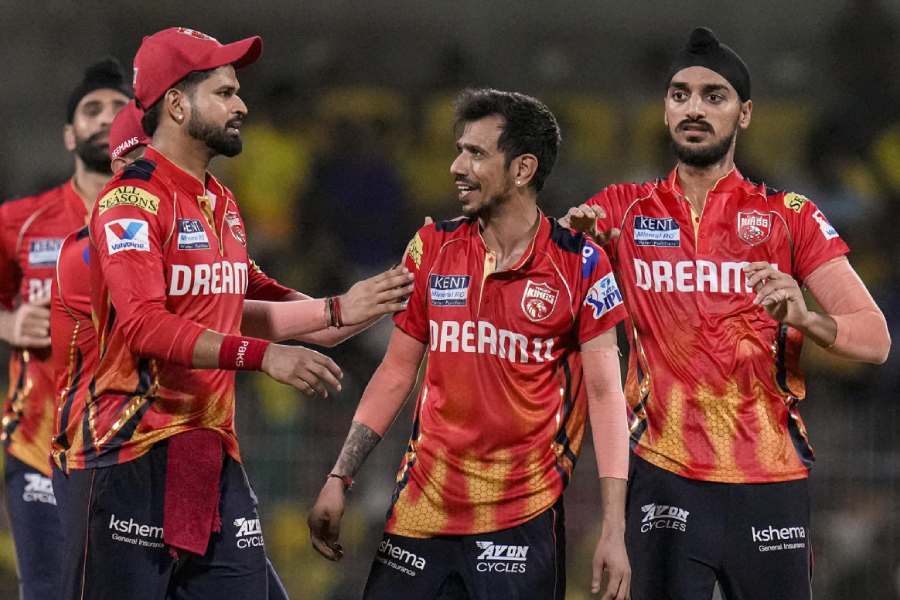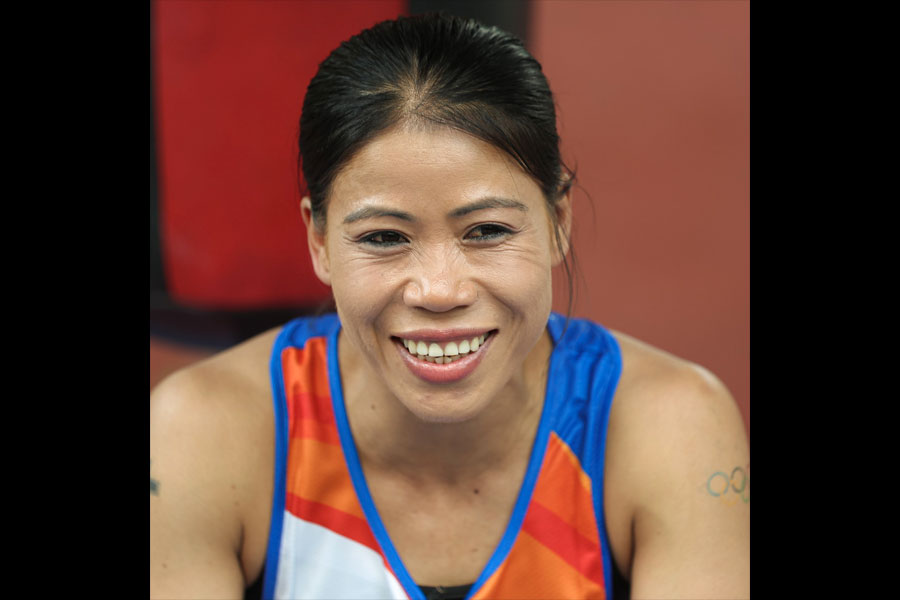 |
 |
| CV Raman, Srinivasa Ramanujan |
Oct. 8: The Nobel score may well read 3-3 between Bengal and Tamil Nadu, but the eastern state can take solace in the fact that it once took the lead in acknowledging talent the way the West is doing now.
Blamed for driving away the best and brightest from Bengal, the Jyoti Basu government was thoughtful enough to offer a pension of about Rs 500 to the widow of Tamil Nadu’s mathematical genius Srinivasa Ramanujan. The amount, perhaps, could be dismissed as tokenism but there is a school of thought which considers the offer the only legacy of the Basu government that will survive a dispassionate appraisal unscathed.
Bengal, which, at least until the late sixties when the brain drain to the West began, had been vying with Tamil Nadu as leader of the country’s scientific legacy, announced the pension to Janaki Ramanujan in the early eighties and continued paying her till her death in 1994.
The Tamil Nadu government gave Janaki Rs 52 as pension, a good amount when it was fixed in 1930 — a decade after her husband’s untimely death at the age of 32 — but there was no revision for over 50 years. In 1985, Tamil Nadu raised the pension to Rs 500, on a par with what Bengal was offering. Both states were, however, beaten by Andhra Pradesh, which paid Janaki Rs 2,000 a month from 1985.
Bengal remains smug in its belief that the Nobel scoreline remains in its favour: Tagore, Amartya Sen and Mother Teresa are very much from the state. Ronald Ross (the discoverer of the malaria parasite) worked in Calcutta’s PG (now SSKM) Hospital, though places like Hyderabad, where the scientist taught, too stake claim to the Nobel laureate.
In contrast, both Subrahmanyan Chandrasekhar and Venkatraman Ramakrishnan won the prize as US citizens. Ramakrishnan did his graduation from Baroda before leaving for the US and his academic connect with his native state was limited to a pre-university course at Annamalai University.
C.V. Raman, the first Indian science Nobelist, was from Tamil Nadu, but he too spent a good 17 years in Calcutta. Much of his research that got him the Nobel was carried out in the city.
“Ramakrishnan did not do his research in Tamil Nadu, did he? If Tamil Nadu claims him as its third Nobel laureate that would be a poor man’s way of claiming a prize. Let there be a made-in-Tamil Nadu Nobel first,” said Dipankar Bhattacharya, professor at the Inter-University Centre for Astronomy and Astrophysics, Pune.
His assertion found resonance in some southern scientists. Prof. R. Jayaraman, former head of molecular biology at Madurai Kamaraj University, argues that Bengal, a knowledge-driven society, attracted and threw up more scientific talent. “Tamil Nadu can talk of Ramanujan, but his genius was discovered by a British mathematician. Raman did his groundbreaking work in Calcutta. Tamil society’s proclivity has been more towards the arts, religion and philosophy. So while we can claim S. Chandrasekhar and Venky Ramakrishnan as Nobel winners from Tamil Nadu, their research happened outside the country,” Jayaraman said.
Southern scientists can always argue that Amartya Sen too did much of his research in England and in the US, but the economist maintains close links with his home state and, unlike many of his Nobel peers, has retained his Indian citizenship.
A physics faculty member from Calcutta, who did not wish to go on record, said the scientific rivalry between Bengal and Tamil Nadu arose also because the two states showed greater inclination towards academics than the others.
A senior scientist, who too did not want to be named, said southerners bore a grudge that scientists from Bengal thrived because they were pampered during the British Raj, which allowed them quick access to the writings of Albert Einstein, Wolfgang Pauli, Werner Heisenberg or Paul Dirac.
The divide sharpened following allegations levelled by southern scientists that C.V. Raman had been “hounded” out by Bengalis who were paranoid about having an outsider steal their thunder.
The Bengal scientists rebutted the charge. “Raman tried to open the floodgates for south Indians to Calcutta University. I have seen a copy of a letter he wrote to Lord Mountbatten requesting that Bengal be excluded from India during Partition. So deep was his animosity that not a single Bengali was allowed into the Raman Research Institute till it was taken over by the government after his death,” the scientist claimed.
Abhijit Chakrabarti of the Saha Institute of Nuclear Physics believes the rivalry has got diluted with globalisation. “Till the time we heard of Manchester United or the Euro championship, the craze was more intense over East Bengal-Mohun Bagan face-offs. Once we heard of the Indian Institute of Science, Bangalore, or Tata Institute of Fundamental Research, Mumbai, or institutes abroad, the exodus started,” Chakrabarti said.
He, however, believes the balance has now tilted in favour of the south, though Bengalis still comprise the highest number of researchers and faculty members spread across institutes in the country. “The atmosphere is conducive in the south for the kind of structural work for which Venkatraman got the Nobel.”
Chakrabarti traced the sinking fortunes of Bengal to the exodus of students during the Naxalite agitation of the seventies. “We may still be in the race but our premier institutes like Presidency College definitely produced a better quality of students in the 1960s than they do now. The quality of scientists we are producing has been deteriorating over the past three-four decades,” he said.
Bengal’s scientific community believes part of the problem lies in the “Bose effect”. For years, Bengal’s gripe has been step-motherly treatment, as meted out to the four Boses — Jagadish, Satyen, Subhas and (cricketer) Gopal. The problem, scientists say, continues over the allocation of resources, or refusal of it, for space technology.
“The area has become a south Indian hegemony,” said Sandip Chakrabarti, a senior professor at the SN Bose National Centre for Basic Sciences. “All the institutes are located in the south, giving proximity to Sriharikota as excuse. Nasa, in contrast, has spread wings across the US. Whenever we go to seek grants for space research in eastern India, we are told there would be a clash of interests with Isro. If tomorrow India is divided into north and south, it would take the south barely two-and-a-half days to conquer north India as it owns all our space and missile technology.”
(Written with inputs from Sudeshna Banerjee and G.C. Shekhar)


